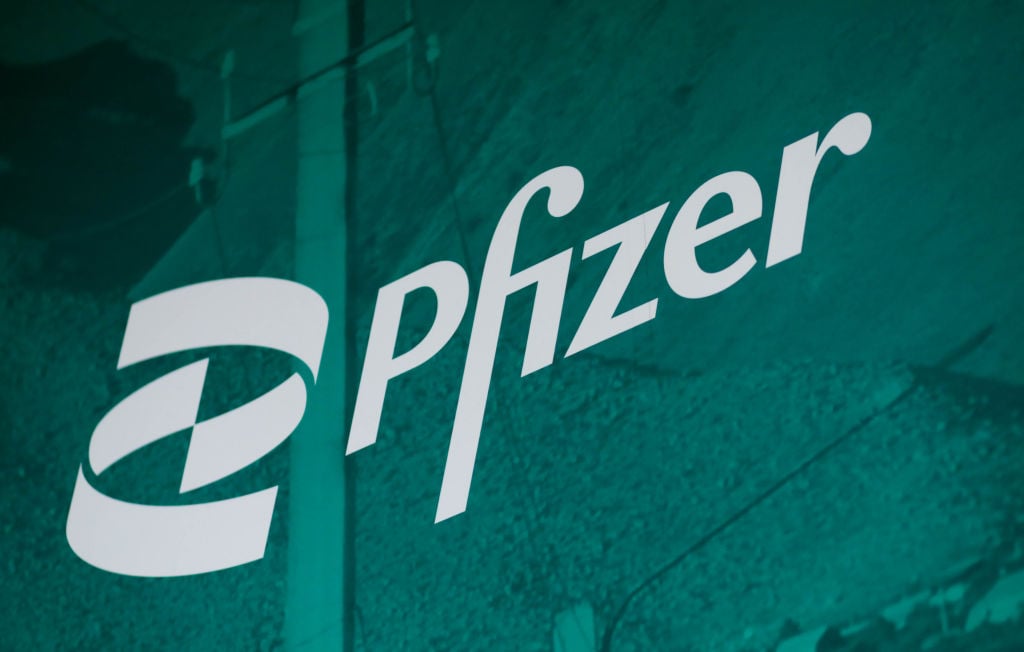If you've been looking for big pharma stocks with juicy dividend yields, you've probably noticed Pfizer (PFE +1.35%), and AbbVie (ABBV +0.99%) recently. AbbVie currently offers a better dividend yield, but smart investors want to know which one can deliver the largest payout bumps in the years to come.
Pfizer's top line has been stagnating for years while AbbVie's has surged, but the tables might turn in the years ahead. Let's see what that will do to their dividend programs to figure out which is the better stock right now.

Image source: Getty Images.
Nice offers
On the surface, AbbVie looks like a clear winner. At recent prices, its shares offer a giant 4.8% dividend yield, compared to a 3.4% yield you'd receive from Pfizer. Based on recent raises, AbbVie wins again. Since 2015, its payout has grown 118%, while Pfizer's grew just 29% over the same time frame.
Both dividend programs are well funded. Pfizer's profitable operations produced a whopping $15.7 billion in free cash flow over the past year, and the company needed just 50.6% of that profit to cover its dividend obligation. AbbVie's dividend program chewed through just 43.3% of an impressive $11.9 billion in free cash flow generated over the past year.

Image source: Getty Images.
Going down
Right now, AbbVie's top-selling drug, Humira, is losing ground to biosimilar competition that launched throughout the European Union in October. AbbVie relies on Humira for 61% of total sales now, and investors are right to be nervous about its impending losses.
International Humira sales reached $4.9 billion during the first nine months of 2018, and most of that revenue comes from the EU. With at least three lower-priced biosimilar versions competing for market share, those sales could dry up in a couple of years.
In June, Pfizer will lose exclusivity for Lyrica in the U.S., and that's the last major patent loss that Pfizer needs to worry about until 2026. Pfizer depends on the nerve-pain medication for just 9% of total sales, so its losses will only sting a little.

Image source: Getty Images.
Going up
Pfizer shareholders have a lot to look forward to in 2019 and beyond. In July, the Food and Drug Administration is expected to make a decision regarding tafamidis, a treatment for patients with progressive heart damage caused by the buildup of a misfolded protein. Taking tafamidis for 30 months reduced patients' chance of death from any cause by 30% and improved important quality of life measurements compared to a placebo.
Cardiomyopathy caused by transthyretin mediated amyloidosis is rare, but it often goes undiagnosed. If approved, annual sales of tafamidis could reach more than $1 billion after a few years and much further down the road if the availability of new treatments brings more patients out of the woodwork.
Pfizer's share of Xtandi revenue is about to soar as well. The prostate cancer capsules are already popular among castration-resistant patients with tumors that have already spread. Last year, they became available for patients without metastatic disease who tend to stay on treatment longer. In 2019, another approval to treat patients who still respond to hormonal treatments could make Xtandi available for just about anyone with prostate cancer.
Humira's still protected by a fortress of U.S. patents that will keep biosimilars from the U.S. market until 2023. During the first nine months of 2018, U.S. Humira sales rose 11.3% to $10.1 billion and will probably continue marching upwards through the end of 2022.

Image source:Getty Images.
By the time total Humira sales begin sliding downhill, AbbVie could have a stable of blockbuster drugs working together to push the needle forward again. Tomorrow's growth drivers include Orilissa, the first new treatment for endometriosis pain in over a decade. Endometriosis affects around one in 10 women of reproductive age, and roughly three quarters of women will be affected by uterine fibroids, another hormone driven growth that causes a great deal of discomfort. In early 2020, Orilissa could earn an approval to treat women affected by uterine fibroids, driving annual sales up to $2 billion by 2025.
AbbVie's experimental psoriasis treatment, risankizumab, should receive an FDA approval decision in April. An approval for risankizumab could lead to $5 billion in annual sales by 2025, and a new rheumatoid arthritis candidate called upadacitinib is expected to do just as well.
The better buy
AbbVie does offer a bigger dividend yield off the bat, but the company's top line could stall later this year. Orilissa, risankizumab, and upadacitinib need to succeed and fast, or AbbVie's dividend isn't going anywhere very fast.
Pfizer's on the edge of a long stretch of double-digit growth beginning in 2020, that should stretch through at least 2026. That should allow the company to make steady dividend raises that will probably overtake AbbVie's down the road.
Check out the latest AbbVie and Pfizer earnings call transcripts.







